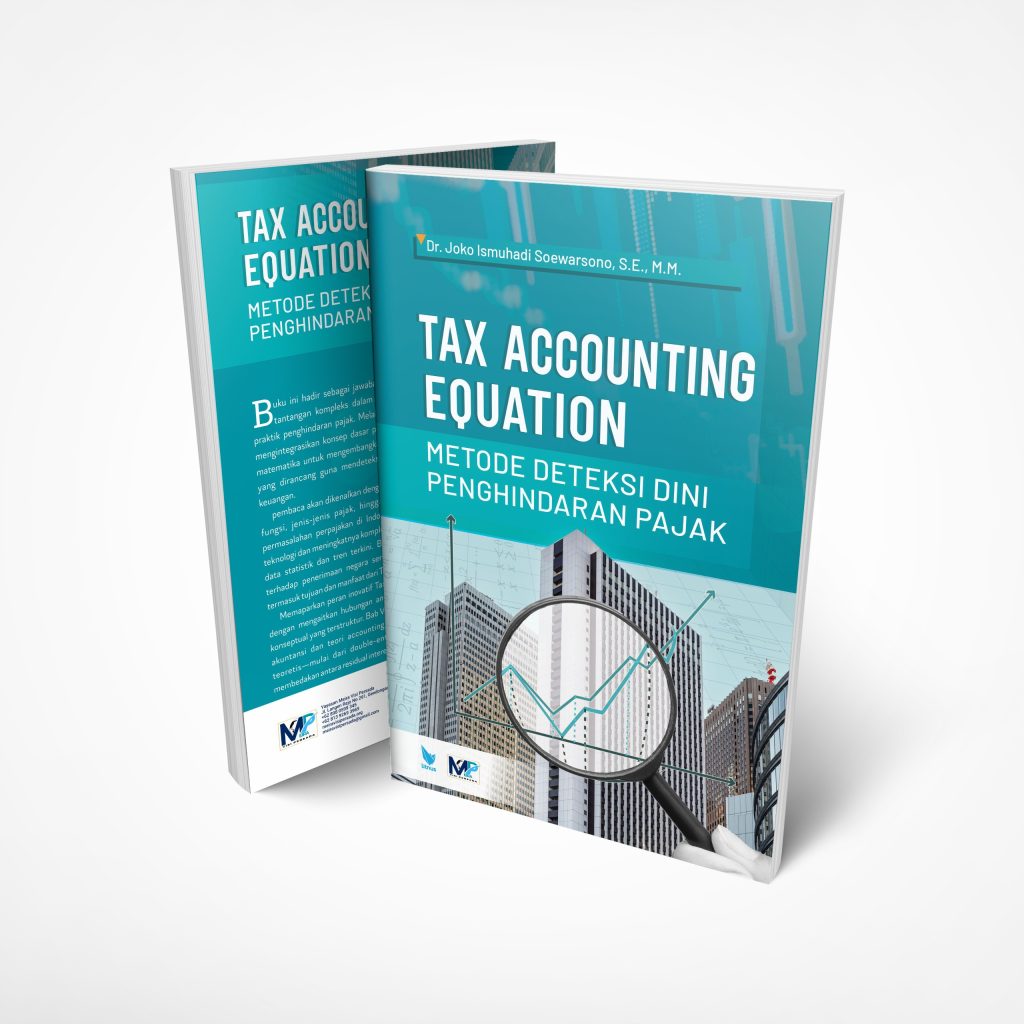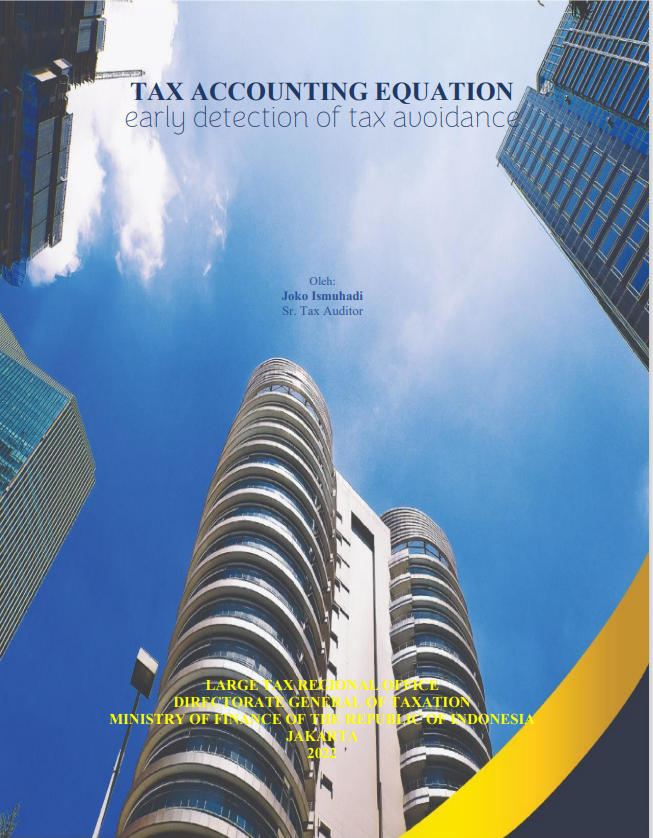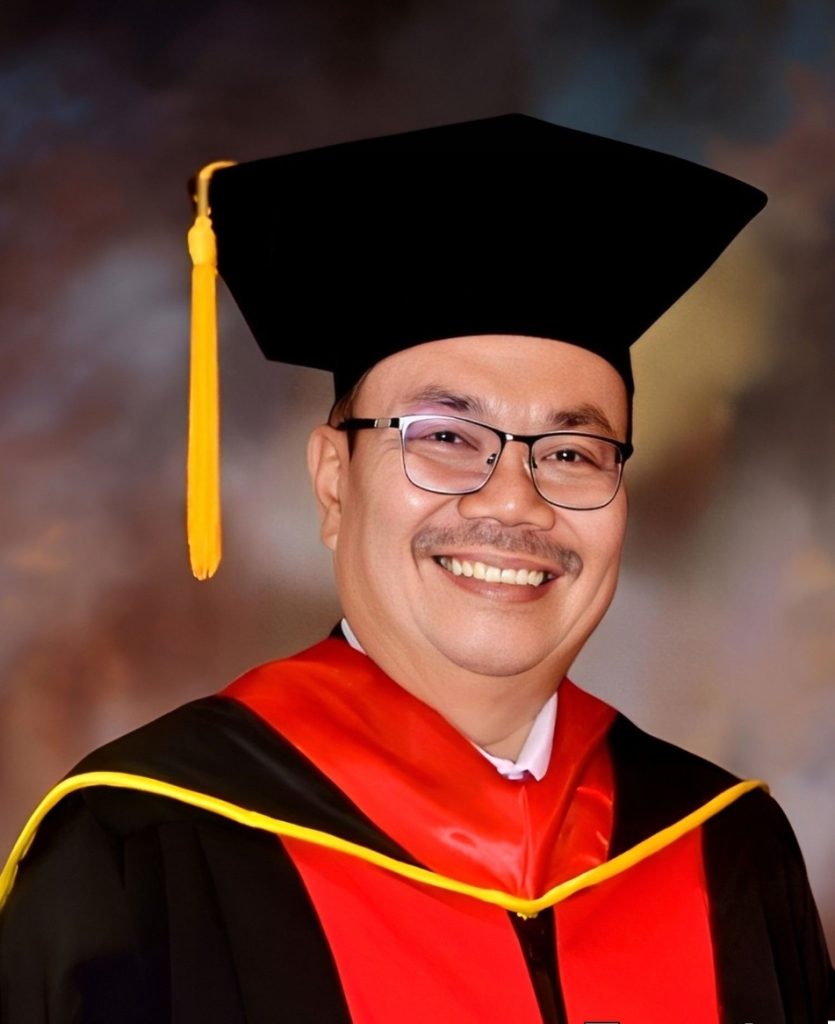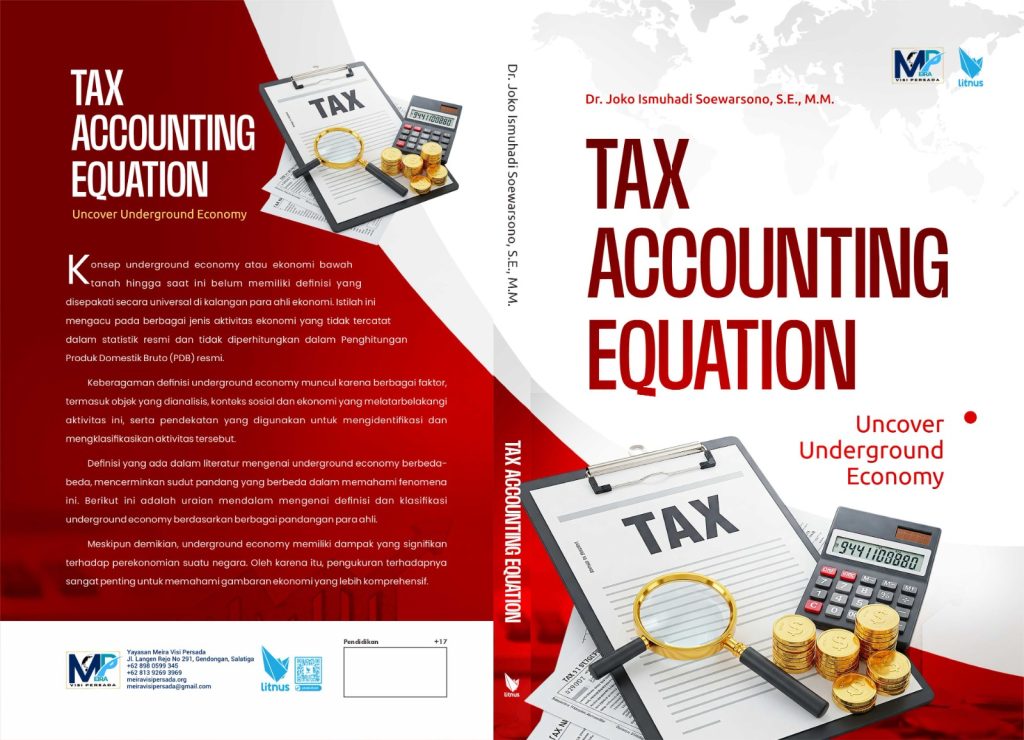
A Comparative Analysis of Fundamental, Expanded, and Tax Accounting Equations
- Ekonomi
Tuesday, 01 April 2025 01:26 WIB
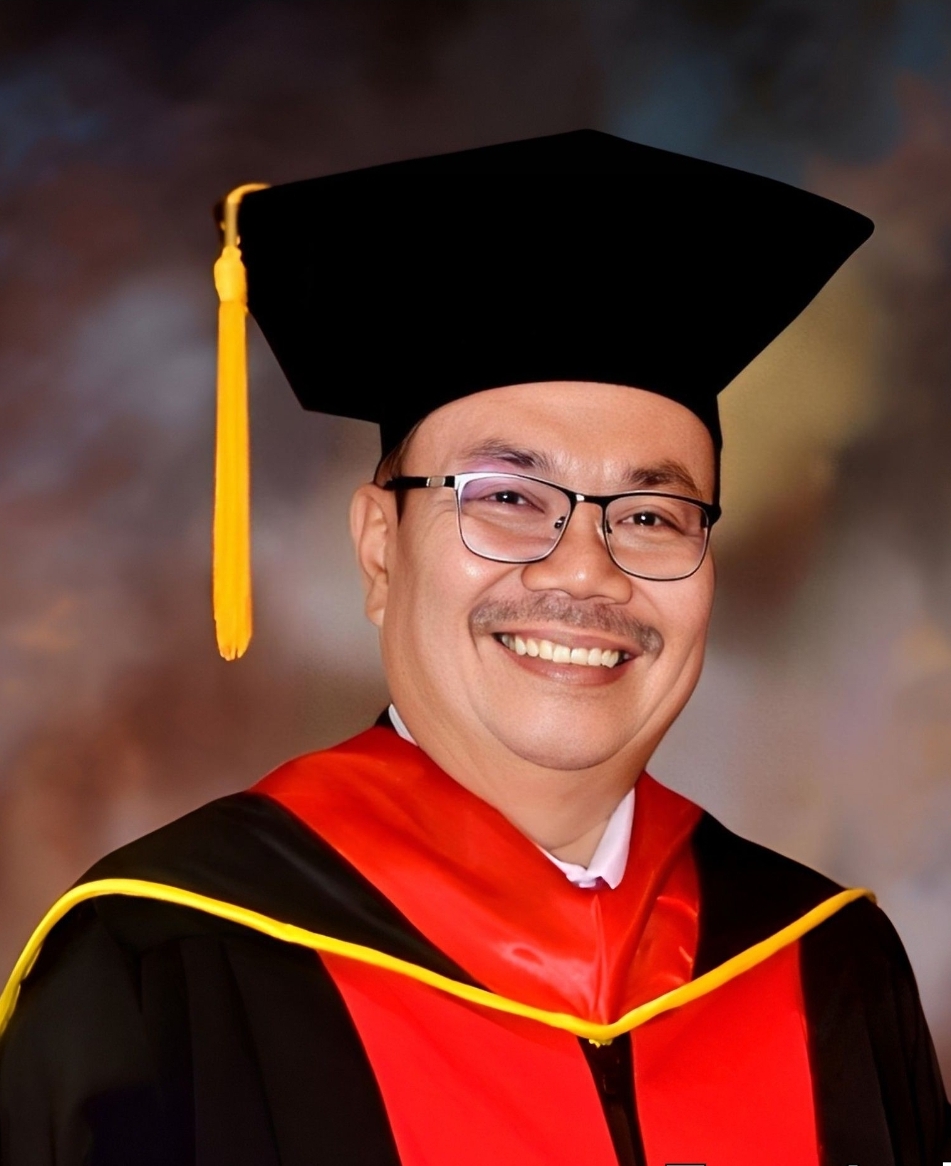
Jakarta, fiskusnews.com:
The understanding of a business’s financial standing and performance relies heavily on accounting equations, which serve as the basic framework for financial record-keeping. The fundamental accounting equation, attributed to Luca Pacioli, stands as the cornerstone of accounting principles. Building upon this foundation are expanded accounting equations that offer a more detailed view of the components affecting equity. Furthermore, specialized accounting equations, such as the tax accounting equation, have emerged to address the unique requirements of specific domains within accounting. This report aims to analyze, compare, and contrast the basic accounting equation by Luca Pacioli, the expanded accounting equation as described by Sony Warsono, and the tax accounting equation formulated by Joko Ismuhadi Soewarsono.
The Genesis of Accounting Equation: Luca Pacioli’s Fundamental Equation
Historical Context and Luca Pacioli’s Contribution
Luca Pacioli, an Italian mathematician and Franciscan friar, is widely recognized as the “Father of Accounting”. His multifaceted background likely contributed to his systematic approach to financial matters. Born in 1445, Pacioli’s intellectual pursuits extended beyond mathematics to encompass the burgeoning world of commerce in Renaissance Italy. A significant milestone in the history of accounting is Pacioli’s publication in 1494 of “Summa de Arithmetica, Geometria, Proportioni et Proportionalita”. This comprehensive mathematical text included a detailed exposition of the double-entry bookkeeping system, a method already in use by Venetian merchants but which Pacioli was the first to codify and publish in detail. The advent of the Gutenberg press facilitated the wide dissemination of Pacioli’s work, contributing significantly to the standardization of accounting practices across Europe. While Pacioli did not invent double-entry bookkeeping, his meticulous documentation and publication made it accessible to a broader audience, marking a pivotal moment in the evolution of accounting from rudimentary record-keeping to a structured and systematic discipline. His role was that of a key figure in synthesizing and disseminating the accounting knowledge of his time.
The Basic Accounting Equation: Assets = Liabilities + Equity
At the heart of Pacioli’s work was the articulation of the fundamental accounting equation: Assets = Liabilities + Owner’s Equity. This equation represents the core principle that the total resources of a business (assets) are financed by either the obligations of the business to external parties (liabilities) or the investment of the owners (owner’s equity).
Assets are defined as resources owned or controlled by a business that are expected to provide future economic benefits. These resources can take various forms, including tangible items like cash, inventory, property, and equipment, as well as intangible items such as patents and trademarks. The categorization of assets into current (expected to be converted to cash within a year) and non-current (long-term assets) further illustrates the diverse nature of this component. The underlying characteristic of an asset is its potential to generate economic value for the business in the future.
Liabilities represent the present obligations of a business arising from past events, which require the transfer of economic benefits in the future. These obligations can include amounts owed to suppliers (accounts payable), loans from financial institutions, and other forms of debt. Similar to assets, liabilities are often classified as current (due within one year) or long-term (due beyond one year). Liabilities signify the claims of external parties on the company’s assets and represent a future outflow of economic resources.
Owner’s Equity, also known as capital, represents the residual interest in the assets of the business after deducting liabilities. It signifies the owner’s stake in the company and is influenced by the owner’s initial investment, the profits or losses generated by the business, and any withdrawals made by the owner. For corporations, this component is often referred to as shareholders’ equity and includes items like common stock and retained earnings. Owner’s equity is essentially the net worth of the business from the owners’ perspective.
The Underlying Principle of Duality and the Balance Sheet
The fundamental accounting equation is a direct reflection of the principle of duality, which is central to the double-entry bookkeeping system. This principle dictates that every financial transaction affects at least two accounts, with one account being debited and another being credited, ensuring that the total debits always equal the total credits. This system maintains the balance of the accounting equation. For instance, if a business purchases equipment for cash, one asset (cash) decreases, while another asset (equipment) increases, keeping the equation in balance. This inherent balancing mechanism not only ensures mathematical accuracy but also enhances the transparency and accountability of financial reporting.
The balance sheet is the financial statement that directly presents the accounting equation at a specific point in time. It provides a snapshot of a company’s assets, liabilities, and owner’s equity, demonstrating the fundamental relationship articulated by Pacioli. The balance sheet’s structure is organized around this equation, with assets listed on one side (or top section) and liabilities and owner’s equity on the other side (or bottom section), visually representing the balance. This financial statement is a crucial tool for stakeholders to assess a company’s financial health, liquidity, and solvency.
Significance and Enduring Relevance
Despite the evolution of accounting practices and the advent of sophisticated technologies, Pacioli’s fundamental accounting equation remains the cornerstone of modern accounting. It serves as the guiding principle for businesses of all sizes in maintaining accurate financial records and understanding their financial position. Modern accounting standards, such as the International Financial Reporting Standards (IFRS) and Generally Accepted Accounting Principles (GAAP), trace their roots back to the structured approach documented by Pacioli. Even with the automation of accounting processes through digital systems, the underlying logic of the accounting equation remains integral to ensuring the accuracy and reliability of financial information.
Expanding the Horizon: Sony Warsono’s Expanded Accounting Equation
Rationale for Expanding the Basic Equation
While the basic accounting equation provides a fundamental understanding of a company’s financial position, it does not explicitly show how the day-to-day business operations, specifically the generation of revenues and the incurrence of expenses, impact the owner’s equity. The expanded accounting equation addresses this limitation by breaking down the equity component to include the effects of these operational activities. This expansion provides a more dynamic view of how a company’s performance over time affects the owners’ stake in the business.
Sony Warsono’s Contribution and Perspectives
Sony Warsono, a lecturer at the Accounting Department of Gadjah Mada University in Indonesia, brings expertise in accounting information systems and accounting education to the study of accounting principles. His academic background and research interests likely influence his perspective on the theoretical underpinnings of accounting. Warsono has proposed a revised theory of double-entry bookkeeping called the “law of funds,” which suggests that the use of funds should always equal their sources. This perspective offers an alternative to the traditional “law of assets” as the primary theoretical basis for the accounting equation. Under the “law of funds,” Warsono’s basic accounting equation remains the same in form: Assets = Liabilities + Equity. However, the underlying rationale emphasizes the flow of economic resources. Warsono’s proposed expanded accounting equation based on this theory is: Assets + Expenses = Liabilities + Equity + Revenues. This formulation differs from the conventional expanded equation by placing expenses on the same side as assets, reflecting his view that both represent the “use of funds.”
Furthermore, Warsono discusses the concept of “mathematical rationality” in the context of the expanded accounting equation. He presents two versions: the conventional rationality (Assets = Liabilities + Equity + Revenues – Expenses – Dividends) and the mathematical rationality (Assets + Expenses + Dividends = Liabilities + Equity + Revenues). Warsono argues that the latter is more consistent because it groups elements with the same mathematical signs when considering their impact on the fundamental balance of the equation. This emphasis on logical coherence reflects a desire for a more rigorous foundation for accounting principles.
Incorporation of Revenue, Expenses, and Dividends
The expanded accounting equation typically incorporates revenues, expenses, and dividends to provide a more detailed view of the changes in owner’s equity. Revenues represent the increases in equity resulting from the normal operating activities of a business, such as sales of goods or services. These increase the owner’s equity as they represent an inflow of economic value. Expenses, on the other hand, are the decreases in equity that arise from the costs incurred in generating revenue, such as salaries, rent, and utilities. These represent an outflow or consumption of economic value. Dividends are distributions of a company’s profits to its owners (shareholders in the case of a corporation), and they result in a decrease in owner’s equity as they represent a transfer of value from the business to the owners.
The general form of the expanded accounting equation can be expressed as: Assets = Liabilities + Owner’s Equity + Revenues – Expenses – Withdrawals/Dividends. This equation clearly shows how revenues increase equity, while expenses and distributions to owners decrease it. It provides a direct link between the income statement (which reports revenues and expenses) and the balance sheet (via the equity account).
Providing a Detailed View of Changes in Equity
The expanded accounting equation offers a more granular understanding of the factors that influence changes in owner’s equity over time. By explicitly including revenues, expenses, and dividends, it moves beyond the basic equation’s single “Equity” component to show the specific activities that cause equity to increase or decrease. This detailed breakdown allows for a more in-depth analysis of a company’s profitability, efficiency in managing expenses, and its dividend policy. It helps stakeholders understand not just the financial position at a point in time but also the financial performance over a period and how that performance has impacted the owners’ stake in the business.
Accounting Through the Lens of Taxation: Joko Ismuhadi Soewarsono’s Tax Accounting Equation
The Need for a Specialized Tax Accounting Equation
Traditional accounting equations, whether basic or expanded, primarily focus on financial reporting to provide information useful for investors and creditors. However, tax accounting has a distinct purpose: to determine taxable income and tax liabilities in accordance with tax laws and regulations. These regulations often differ significantly from the principles used in financial reporting, necessitating specialized frameworks to address the unique needs of tax accounting. A tax accounting equation can serve as such a framework, integrating tax-specific elements to analyze and understand tax-related financial activities.
Joko Ismuhadi Soewarsono’s Tax Accounting Equation
Joko Ismuhadi Soewarsono is a tax auditor and PhD candidate at Padjadjaran University in Indonesia, with expertise in both tax law and accounting. His background combines practical experience in tax administration with academic pursuits, positioning him to develop a tax accounting equation that is both theoretically informed and practically relevant. Soewarsono has developed the Tax Accounting Equation (TAE) as a tool for analyzing tax-related financial activities, with potential applications in understanding the underground economy and tax compliance. His work suggests that the TAE can be used to analyze economic activities that might be hidden from tax authorities.
Soewarsono’s Mathematical Accounting Equation (MAE) is formulated as: Asset = Liability + Equity + {(Revenues – Expenses) – Dividend}. He also presents a mathematically reversed form: Asset + Dividends + Expenses = Liabilities + Equity + Revenues. The explicit inclusion of net income (Revenues – Expenses) before considering dividends in his MAE might provide a clearer view of the profits generated by the business, which are often the basis for taxation. Furthermore, Soewarsono has explored how his Tax Accounting Equation could potentially be used to close tax loopholes by suggesting amendments to Article 4 Paragraph (1) of the Indonesian Income Tax Law. He has also authored a “Persamaan Akuntansi Pajak (Pap) – Buku Saku” (Tax Accounting Equation – Pocket Book), indicating an effort to disseminate his ideas to tax professionals.
Integration of Tax-Specific Elements
While the provided snippets do not offer explicit details on how tax-specific elements like taxable income, tax liabilities, and deferred tax assets/liabilities are integrated into Soewarsono’s framework, it is reasonable to infer that a tax accounting equation would need to consider these components. The focus on tax loopholes and the underground economy suggests that Soewarsono’s equation might help in identifying discrepancies between reported financial information and taxable activities. Further research into his work would be necessary to fully understand the specific mechanisms for incorporating these tax-related aspects into his accounting equation.
Comparative Analysis: Unveiling the Differences and Similarities
The following table provides a comparative analysis of the basic, expanded, and tax accounting equations:
Table 1: Comparative Analysis of Basic, Expanded, and Tax Accounting Equations
| Feature | Basic Accounting Equation | Expanded Accounting Equation | Tax Accounting Equation (Soewarsono’s MAE) |
| Author(s) | Luca Pacioli | Generally attributed, contributions by Sony Warsono | Joko Ismuhadi Soewarsono |
| Core Formula | Assets = Liabilities + Equity | Assets = Liabilities + Equity + Revenues – Expenses – Dividends | Asset = Liability + Equity + {(Revenues – Expenses) – Dividend} |
| Primary Purpose | Fundamental financial position | Operational performance and changes in equity | Analyze tax-related activities, underground economy, compliance |
| Key Elements | Assets, Liabilities, Equity | Assets, Liabilities, Equity, Revenues, Expenses, Dividends | Assets, Liabilities, Equity, Revenues, Expenses, Dividend (tax focus) |
| Scope | Basic financial snapshot | Detailed view of equity changes from operations | Tax-specific analysis and potential policy implications |
The basic accounting equation provides the most fundamental view of a company’s financial position. The expanded equation builds upon this by incorporating the impact of operational activities on equity, offering a more dynamic perspective. The tax accounting equation, as formulated by Soewarsono, focuses specifically on the domain of taxation, aiming to analyze tax-related activities and potentially inform tax policy. Despite their differences in scope and purpose, all three equations are fundamentally rooted in the principle of duality and the double-entry bookkeeping system.
Context and Underlying Principles
All three accounting equations are underpinned by the core principles of double-entry bookkeeping, including the concepts of debits and credits and the fundamental requirement for the accounting system to remain in balance.
Luca Pacioli’s work arose from the context of flourishing commercial activity in the Renaissance period. His primary goal was to provide a structured and standardized system for merchants to accurately track their financial transactions and manage their wealth. His perspective was practical, aiming to improve the accuracy, accountability, and clarity of financial record-keeping for the business community of his time.
Sony Warsono’s work is situated within the context of modern accounting theory and education. His perspective is more theoretical, involving a critical examination of the logical and mathematical foundations of accounting principles. He seeks to enhance the coherence and understanding of these fundamental concepts, potentially benefiting both accounting education and practice.
Joko Ismuhadi Soewarsono’s work is driven by the specific regulatory and economic environment of taxation in Indonesia. His perspective is that of a tax professional aiming to develop accounting-based tools for analyzing tax-related issues and potentially influencing tax policy. His focus is on addressing practical challenges within taxation, such as the underground economy and tax loopholes.
The evolution from Pacioli’s basic equation to Warsono’s expanded equation and then to Soewarsono’s tax accounting equation reflects the increasing sophistication and specialization of the business world and the accounting profession. Accounting thought has progressed from a simple representation of financial position to more complex models that incorporate operational performance and address specialized areas like taxation.
Variations and Interpretations in Accounting Literature
Accounting literature presents various interpretations and expansions of the basic accounting equation. Sony Warsono’s presentation of both the conventional and mathematically rational expanded accounting equations illustrates that even this widely used equation is subject to different theoretical perspectives and formulations. The ongoing scholarly discussion reflects a continuous effort to refine and improve the logical consistency of accounting principles. Further research would be needed to determine the extent to which Soewarsono’s specific tax accounting equation has been discussed or whether alternative tax accounting equation frameworks exist in accounting literature.
Significance in Accounting Practice
Each of the three accounting equations plays a significant role in accounting practice. The basic accounting equation is fundamental for understanding the balance sheet and the overall financial health of a business. It is a core concept taught in introductory accounting courses and serves as the foundation for all financial analysis. The expanded accounting equation is crucial for more detailed financial analysis, providing insights into the impact of a company’s operating activities on its equity. It is used in preparing and interpreting key financial statements like the income statement and the statement of changes in equity, as well as for performance evaluation. Soewarsono’s tax accounting equation has potential applications in tax planning, compliance analysis, and forensic accounting related to tax evasion, particularly in analyzing the underground economy. It also demonstrates the potential for accounting frameworks to inform tax policy decisions and legislative reforms. Ultimately, all three equations contribute to maintaining the integrity and accuracy of financial records by providing a framework for ensuring that all transactions are properly accounted for and the accounting system remains in balance.
Conclusion
This report has analyzed and compared the basic accounting equation by Luca Pacioli, the expanded accounting equation, and the tax accounting equation by Joko Ismuhadi Soewarsono. Pacioli’s fundamental equation, Assets = Liabilities + Owner’s Equity, remains the bedrock of accounting, providing a basic yet crucial representation of a company’s financial position. The expanded accounting equation, often attributed with contributions from figures like Sony Warsono, builds upon this foundation to incorporate the impact of business operations on equity, offering a more detailed understanding of financial performance. Joko Ismuhadi Soewarsono’s tax accounting equation, with its focus on tax-specific elements and potential applications in areas like analyzing the underground economy, demonstrates the adaptability of accounting principles to address specialized domains. These three equations, while differing in their scope and purpose, all underscore the fundamental principles of double-entry bookkeeping and the enduring relevance of accounting equations as essential tools for understanding and representing the financial affairs of an entity.
Reporter: Marshanda Gita – Pertapsi Muda
Share
Berita Lainnya
Boosting Indonesia’s Tax Ratio: A Strategic Framework for Integrating Tax Accounting with Self-Assessment Monitoring
Webinar Perpajakan: “Kupas Tuntas Kebijakan & Teknis Pengisian SPT PPh Badan Tahun 2024”
Keterkaitan Penemuan Uang Tunai dalam Jumlah Fantastis dengan Ekonomi Bawah Tanah di Indonesia
Pengusaha Penguasa, Penguasa Pengusaha
Probowo dan Gibran Resmi Jadi Presiden-Wapres RI 2024-2029
Persamaan Ismuhadi: Alat Akuntansi Forensik Baru untuk Peningkatan Penegakan Pajak di Indonesia
Rekomendasi untuk Anda

Berita Terbaru
Eksplor lebih dalam berita dan program khas fiskusnews.com
Tag Terpopuler
# #TAE
# #TAX ACCOUNTING EQUATION
# #TAX FRAUD
# #TAX EVASION


